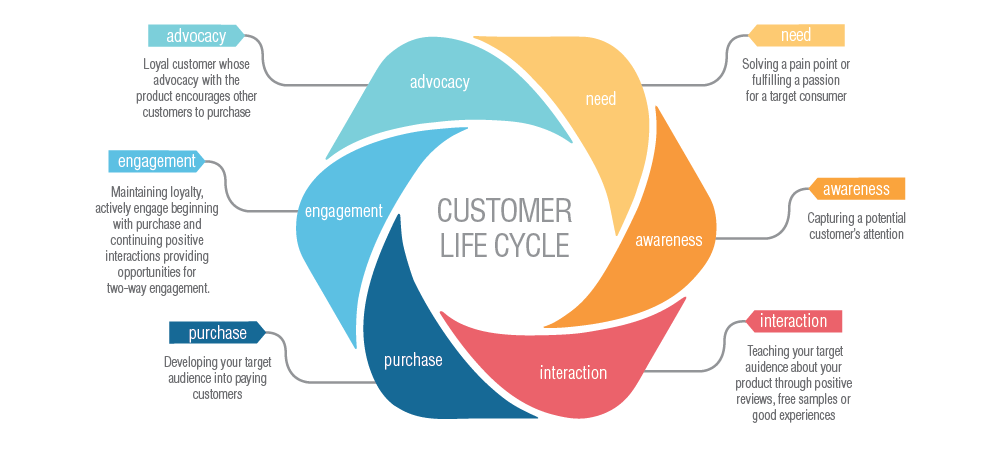Sales Cycle
A sales cycle is the series of predictable phases required to sell a product or service. It begins with the initial contact with a lead and concludes with the sale’s closing, where the lead converts into a customer. Understanding and managing the sales cycle effectively is crucial for businesses aiming to optimize their sales process and increase sales efficiency.
The length and complexity of a sales cycle can vary significantly depending on the industry, the nature of the product or service being sold, and the customer’s buying process. Generally, it includes several key stages, including prospecting or lead generation, initial contact, lead qualification, objection handling, quoting, and closure. Some sales cycle models include post-sale processes such as delivery, implementation, and customer follow-up to encourage repeat business and referrals.
Sales Cycles Explained:
Sales Cycle FAQs
What is a sales cycle?
A sales cycle refers to the series of stages or steps that a sales team goes through to close a deal, from the initial contact to closing the deal.
How long does a typical sales cycle last?
Sales cycles can vary widely depending on the industry, product complexity, and customer buying behavior—ranging from days to several months or even longer for complex B2B sales.
What are some common stages in a sales cycle?
Common stages include prospecting, qualifying leads, making initial contact, conducting demos or presentations, handling objections, negotiating terms, and closing the deal.


